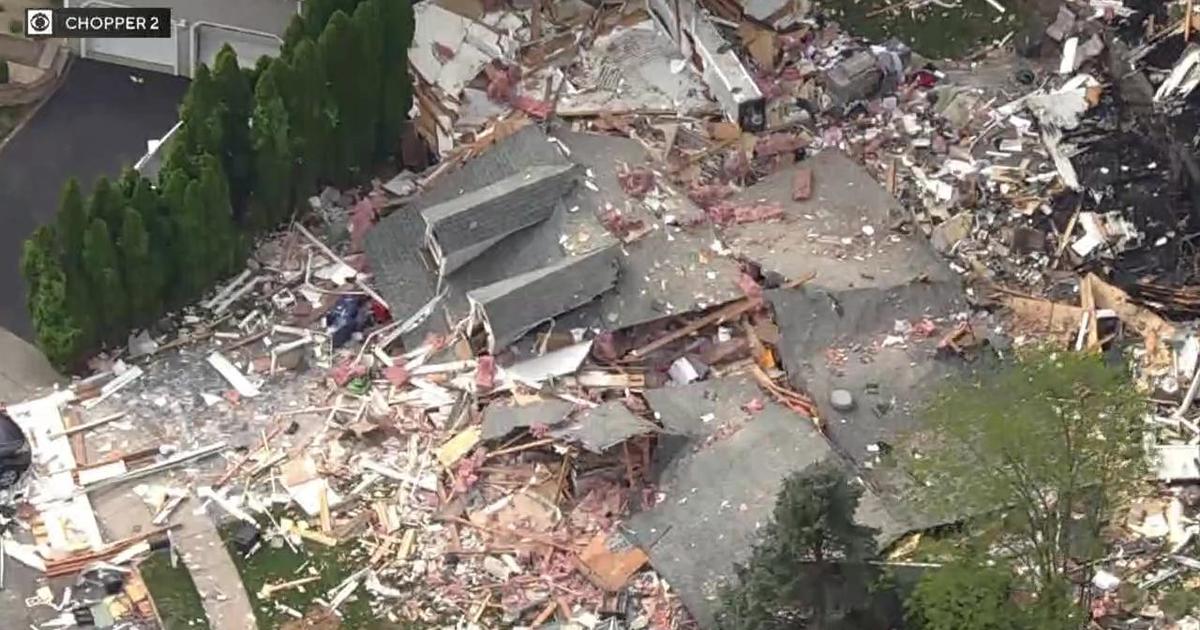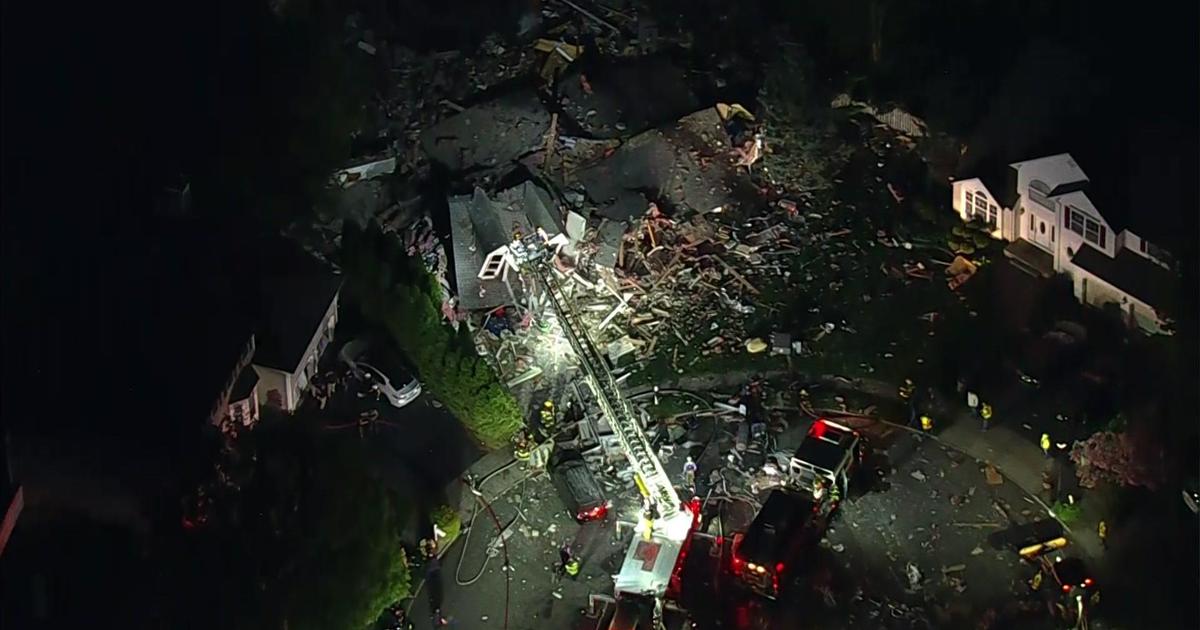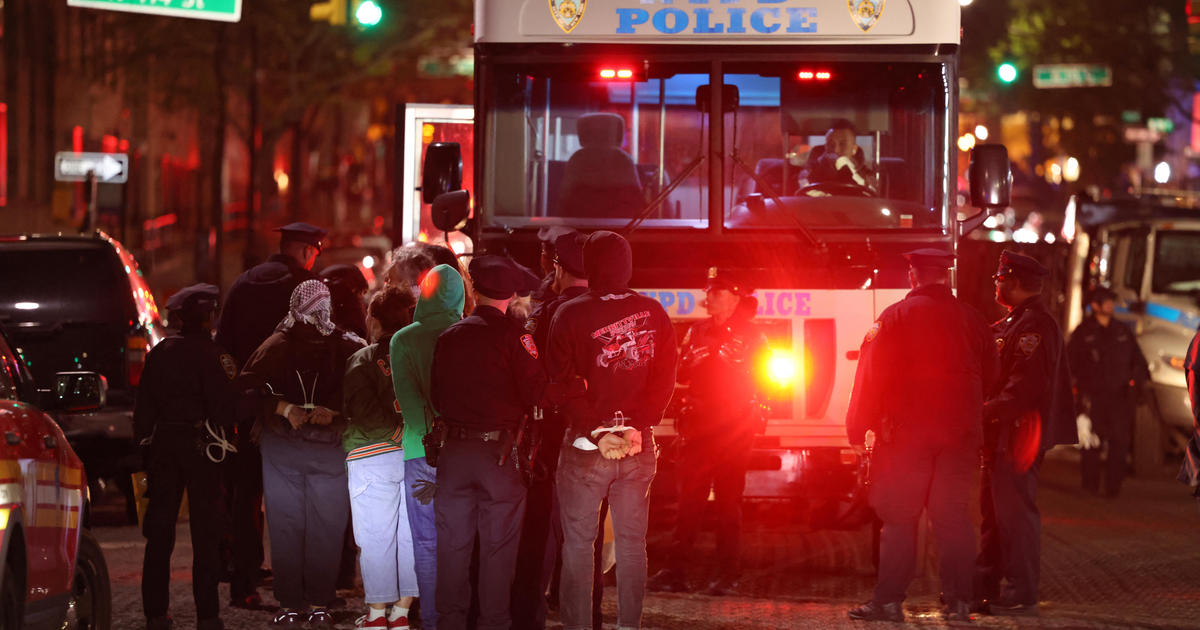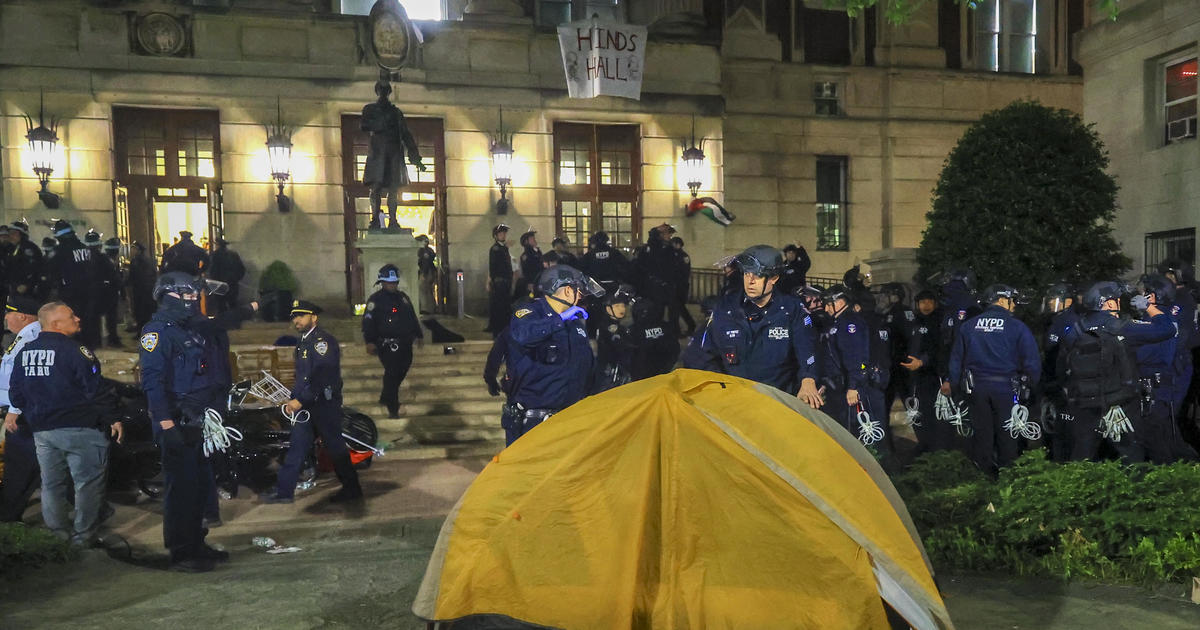Officials Believe They Have Recovered All Victims From Rubble Of Florida Bridge Collapse
MIAMI (CBSNewYork/AP) — Two days after the deadly pedestrian bridge collapse in Florida, crews were finally able to reach the bodies that were buried underneath Saturday.
At least six people were killed Thursday when the concrete structure fell onto a busy road connecting the Florida International University campus to the neighboring community of Sweetwater.
More: CBS Miami's Complete Coverage
Authorities believe they have recovered the bodies of all the victims. Five were removed from the rubble Saturday. A sixth person died at the hospital Thursday.
"The only pause from the rescuers was when we asked them to pause so we could pray over every victim," Miami-Dade Police Director Juan Perez said late Saturday night.
Miami-Dade police identified five of the six victims, including Rolando Fraga Hernandez, Oswald Gonzalez, Alberto Arias and Alexa Duran.
Navaro Brown, who was working on the bridge, died at the hospital Thursday.
Duran was a freshman at FIU, studying political science.
Her uncle raged against what he called the "complete incompetence" and "colossal failure" that allowed people to drive beneath the unfinished concrete span.
"Why they had to build this monstrosity in the first place to get children across the street?" Joe Smitha wondered. "Then they decided to stress test this bridge while traffic was running underneath it?"
Duran's friend and fellow student, Richie Humble, was riding in her passenger seat when the unthinkable happened.
"I looked up, and in an instant, the bridge was collapsing on us completely. It was too quick to do anything about it," he told the Associated Press by phone.
Once Humble realized he was alive, he also realized that he could not get to Duran. He called to her but got no response. A group of men outside the car started yelling at him to try crawling through the rear window.
He couldn't squeeze through because the window was crushed. The men outside grabbed a wooden plank and pried open the rear door to pull him free, he said.
"I was trying to get people to realize my friend was still in there," he said.
Humble suffered cuts to his leg from glass and a slight fracture to a vertebra, but he was able to walk away from the scene.
The National Transportation Safety Board has confirmed that crews were applying what's known as "post-tensioning force" on the bridge before the failure. Authorities are investigating whether cracking that was reported just before the span fell contributed to the accident.
Two days before the collapse, an engineer with the design firm left a voicemail to say some cracking had been found at one end of the concrete span, but the voicemail wasn't picked up until after the collapse, Florida Department of Transportation officials said Friday. In a transcript released Friday night, Denney Pate with FIGG Bridge Group said the cracking would need repairs but the company didn't think it was a safety issue.
In a statement Saturday, university officials said representatives of FIU and DOT met with a FIGG engineer for two hours Thursday morning to discuss the cracking, and determined there wasn't a safety issue. The bridge fell soon afterward.
"The FIGG engineer of record delivered a technical presentation regarding the crack and concluded that there were no safety concerns and the crack did not compromise the structural integrity of the bridge," FIU said.
NTSB officials have said it's too early to say whether any cracking contributed to the collapse.
In a news release late Friday, FIGG Bridge Engineers said it "continues to work diligently" to determine the cause of the collapse, and is examining the steps its team has taken. It added, "The evaluation was based on the best available information at that time and indicated that there were no safety issues." It also asked for time to accurately determine what led to the accident.
Scheduled to open in 2019, the bridge was to provide safe passage over a canal and six lanes of traffic, a showpiece architectural feature connecting the campus with Sweetwater. The $14.2 million project was supposed to take advantage of a faster, cheaper and safer method of bridge-building promoted by the university.
(© Copyright 2017 CBS Broadcasting Inc. All Rights Reserved. The Associated Press contributed to this report.)



